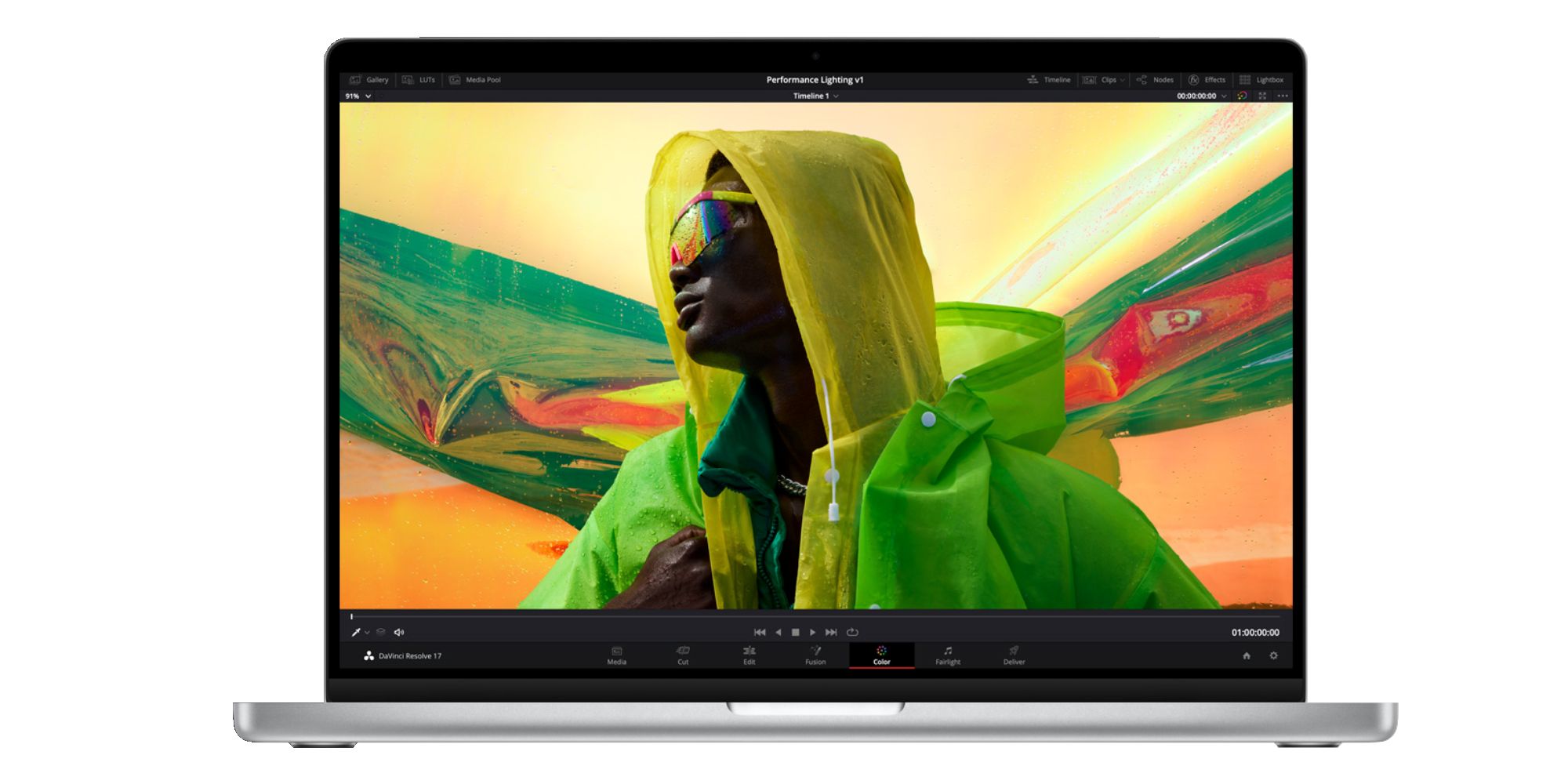Apple's expected to release OLED MacBooks within the next few years, but according to a new report, production delays have already pushed back the upcoming laptops. If it seems a bit silly to already be dreaming about future MacBooks, that's because it partially is. Apple just launched its revamped MacBook Pros – and for all intents and purposes — they're some of the best laptops Apple's ever created. They're wickedly fast, have gorgeous mini-LED displays, long battery life, and tons of ports.
Despite how excellent the new MacBook Pros are, that hasn't stopped the rumor mill from thinking about what's next. 2022 is likely to bring a similar overhaul to the MacBook Air, along with a redesigned Mac mini. There's also talk of a new Mac Pro and iMac Pro to further highlight the breakneck performance of Apple's M1 Pro and M1 Max chips. Looking even further down the road, reports have also suggested that Apple will eventually launch a MacBook with an OLED display. The 2021 MacBook Pro is the first MacBook to switch from an IPS panel to mini-LED, but jumping to OLED would result in even better colors and contrast than what the newest MacBooks are capable of.
Unfortunately, it appears it'll be a while longer before OLED MacBooks become a reality. Per a new report from The Elec, Apple's had to postpone its original release window of 2025. As the report explains, "The biggest obstacle for Cupertino in applying OLED has been the cost." OLED panels are considerably more expensive than the mini-LED ones in the 2021 MacBook Pros — which are already a notable increase over traditional IPS displays. It's unclear how much further beyond the 2025 release this delay is pushing the OLED MacBooks, but it seems we shouldn't expect them until 2026 or later at this point.
Why Apple's Already Delaying OLED MacBooks
Along with announcing the delay, The Elec goes on to detail the current production plans for OLED MacBooks. The report claims Apple is attempting to create a "two stack tandem structure" with panels from Samsung and LG. The two-stack structure consists of two distinct layers of red, green, and blue colors. This increases the brightness and general life span of OLED panels compared to single stack ones in smartphones — something that's critical for folks using these laptops for multiple years before upgrading.
The downside to this, however, is that it essentially doubles Apple's manufacturing costs. Using two stacks of LTPO TFT panels would deliver the best overall experience, but it's also the most expensive option. Apple could also use oxide TFT technology to cut down on costs, but going this route would require the company to create additional protection circuits to support high resolutions. Apple's reportedly "mulling which option to choose" and has yet to make a final decision.
Despite being so many years away from OLED MacBooks, this report does raise a couple of interesting questions. OLED would certainly be a welcome upgrade to the MacBook lineup, but if the cost of the panels is so exorbitant, how much more will Apple need to charge for these models? Considering the 2021 MacBook Pros already start at $1999 and $2499, the jump to OLED could result in even more eye-watering price tags. Similarly, if the cost of OLED is so high, will that make it exclusive to future Pro models? These are all things that'll be answered in due time, but it sure sounds like Apple has some hurdles to overcome before it can do that.
Source: The Elec


